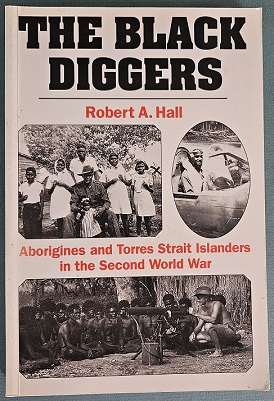Description
Title: From Tobruk to Turkey
Author: Clune, Frank
Condition: Very Good
Edition: 1st Edition
Publication Date: 1943
ISBN: N/A
Cover: Hard Cover with extremely scarce Dust Jacket – 303 pages
Comments: An account of the author’s travel’s with the Australian Army.
Francis Patrick (Frank) Clune (1893-1971), author, journalist and accountant, was born on 27 November 1893 at Darlinghurst, Sydney, son of George Clune, a labourer from Ireland, and his Victorian-born wife Theresa Cullen. Educated in Sydney at St Colombkille’s and St Benedict’s Catholic schools, Frank grew up at Redfern and took a job as a newsboy. He left school at 14, and claimed to have worked as a messenger-boy in the government printer’s office, to have run away to become an itinerant bush labourer and to have had twenty-five different jobs by the age of 17. After joining the United States Army in Kansas on 26 October 1911, he subsequently deserted and was a seaman when he enlisted in the Australian Imperial Force on 10 May 1915. Serving with the 16th Battalion at Gallipoli from 2 August, he was wounded in both legs five days later and evacuated to a hospital in Cairo; he returned to Sydney in November and was discharged on 29 March 1916. At Woollahra in a civil ceremony on 31 October that year he married a tailoress Maud Elizabeth Roy; they were divorced in 1920.
Employed as a commercial traveller, Clune married a 21-year-old saleswoman Thelma Cecily Smith on 9 May 1923 at the district registrar’s office, Waverley; she was to appear in his columns as ‘Brown Eyes’ and to become the proprietor of an art gallery. At night he studied accountancy and in 1924 established a tax consultancy, registering Clune Accounting Systems Ltd in 1928. He lived at Vaucluse from 1930 and belonged to the New South Wales Golf Club. His adventures at sea, as a trooper in the American cavalry, at Gallipoli, bootlegging in Canada, touring Queensland in the chorus of an opera company, and as a mouse-trap salesman provided the basis of his first book, Try Anything Once (1933). It was an immediate success and sold tens of thousands of copies.
From 1933 to 1936 Clune developed the formula which he was to use for many other books: Rolling Down the Lachlan (1935) and Roaming Round the Darling (1936) were speedily-written accounts of his travels as a tax-consultant in western New South Wales and of an expedition to Coopers Creek, Queensland. His combination of historical detail, narratives of explorers and contemporary political observations found an eager market. Following the example of Ion Idriess, Clune used a rough-and-ready prose style and expressed his sense of nationalism. His travel books, again employing his trusted formula, covered Europe, the Pacific, the Middle East, Asia and North America. By 1952 he estimated that his twenty-three books had sold over a half a million copies.
Clune (and his supporters) took his writing seriously, seeing it as an expression of simple Australian virtues and unvarnished Australian speech. Others were more sceptical. Kenneth Slessor met him in Cairo in 1942 and wryly noted that Clune, although an honorary commissioner of the Australian Comforts Fund, spent most of his time arranging free travel and collecting guide books as sources for Tobruk to Turkey (1943); Clune donated the royalties (£750) to the fund. He ‘left a very bad impression’ on General Sir Thomas Blamey—as much for his self-conferred rank of major as for his ‘irregular methods and indiscreet utterances’ about the British ‘only playing at war’. Blamey ensured that Clune was subject to military censorship and, when Clune managed to get to New Guinea in 1943 through the help of the U.S. Army, had him smartly returned to Australia.
A scarce 1st edition with a rarely seen dust jacket.



